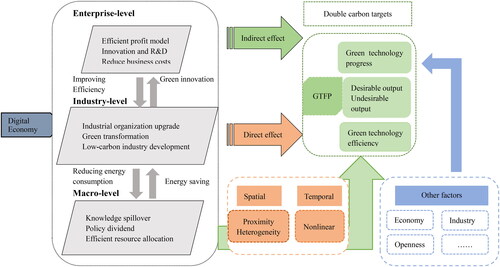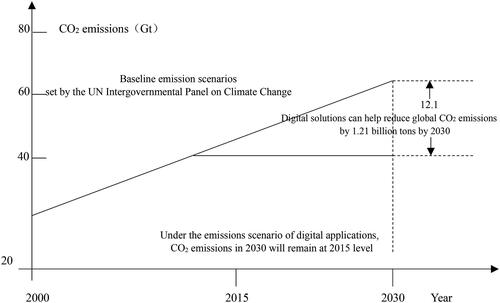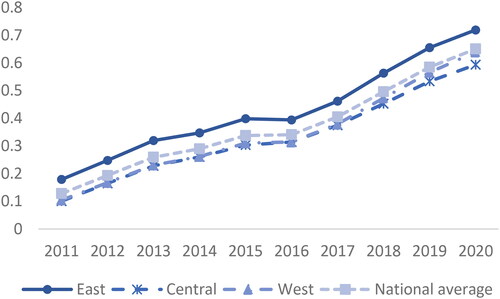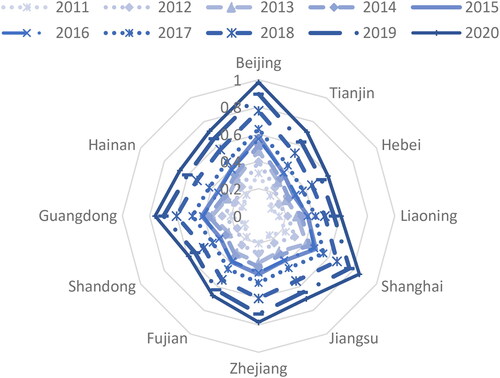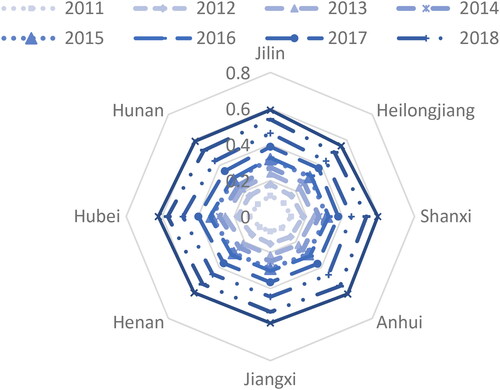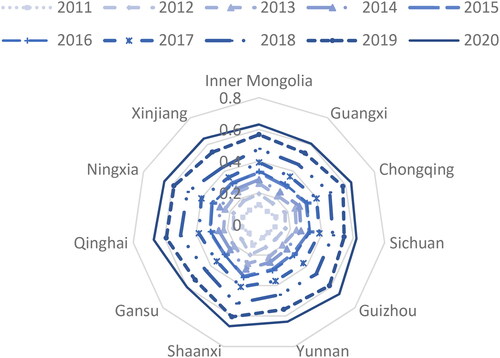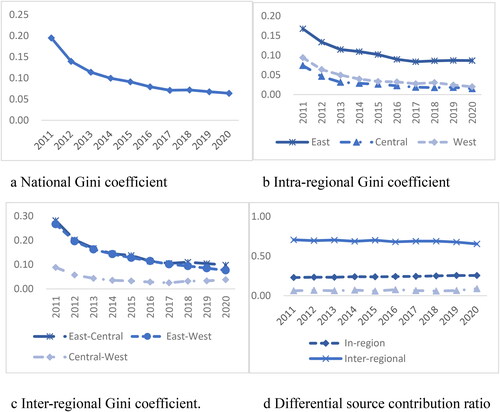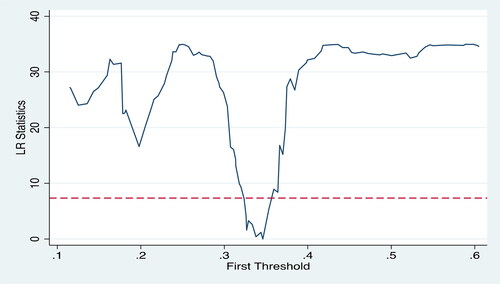Figures & data
Figure 3. China’s digital economy (trillion yuan).
Source: China Academy of Information and Communications Technology.
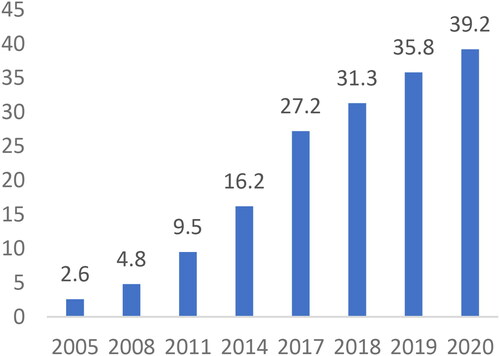
Figure 4. Digital economy and GDP growth rate.
Source: China Academy of Information and Communications Technology.
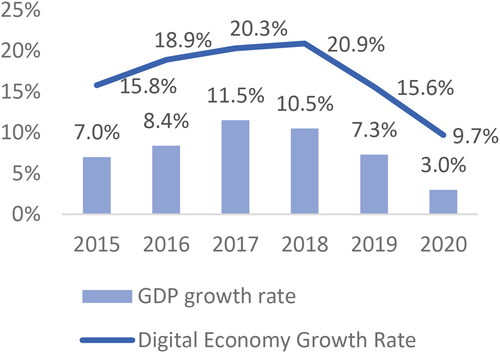
Figure 5. China’s digital economy as a share of GDP.
Data source: China Academy of Information and Communications.
Source: China Academy of Information and Communications Technology.
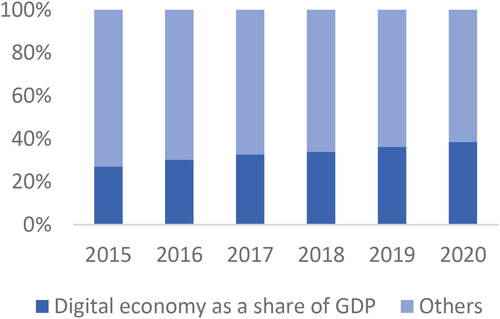
Figure 6. China’s digital economy penetration rate.
Source: China Academy of Information and Communications Technology.
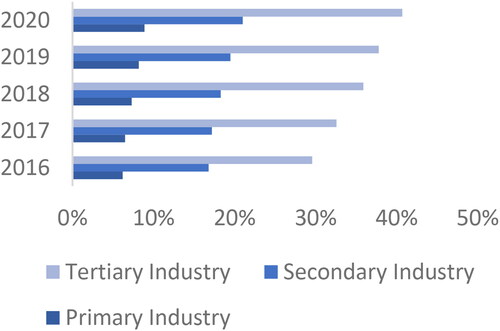
Figure 7. China’s industrial new and old dynamic energy trends.
Source: China Academy of Information and Communications Technology.
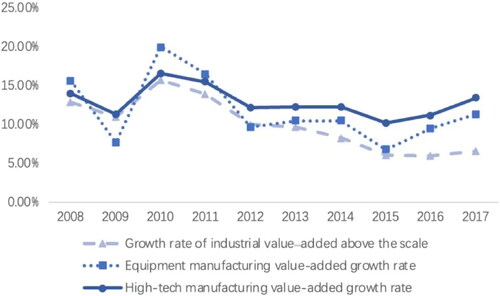
Figure 8. Production possibility frontier and distance function.
Source: Chambers et al. (Citation1996).
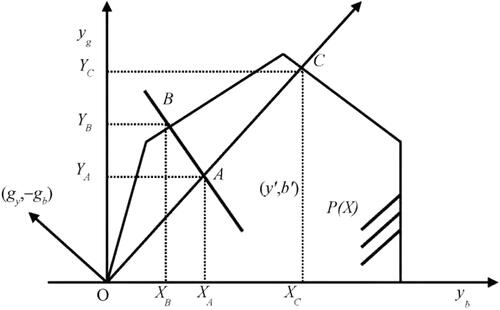
Table 1. Digital economy index.
Table 2. Full-Text variable description.
Table 3. Dagum Gini coefficient.
Table 4. Input-Output variables.
Table 5. Baseline regression results.
Table 6. Regional heterogeneity analysis.
Table 7. Robustness and endogeneity test.
Table 8. Threshold effect test.
Table 9. Estimated threshold values.
Table 10. Model estimation results.
Data availability statement
The data that support the findings of this study are available on request from the corresponding author.

